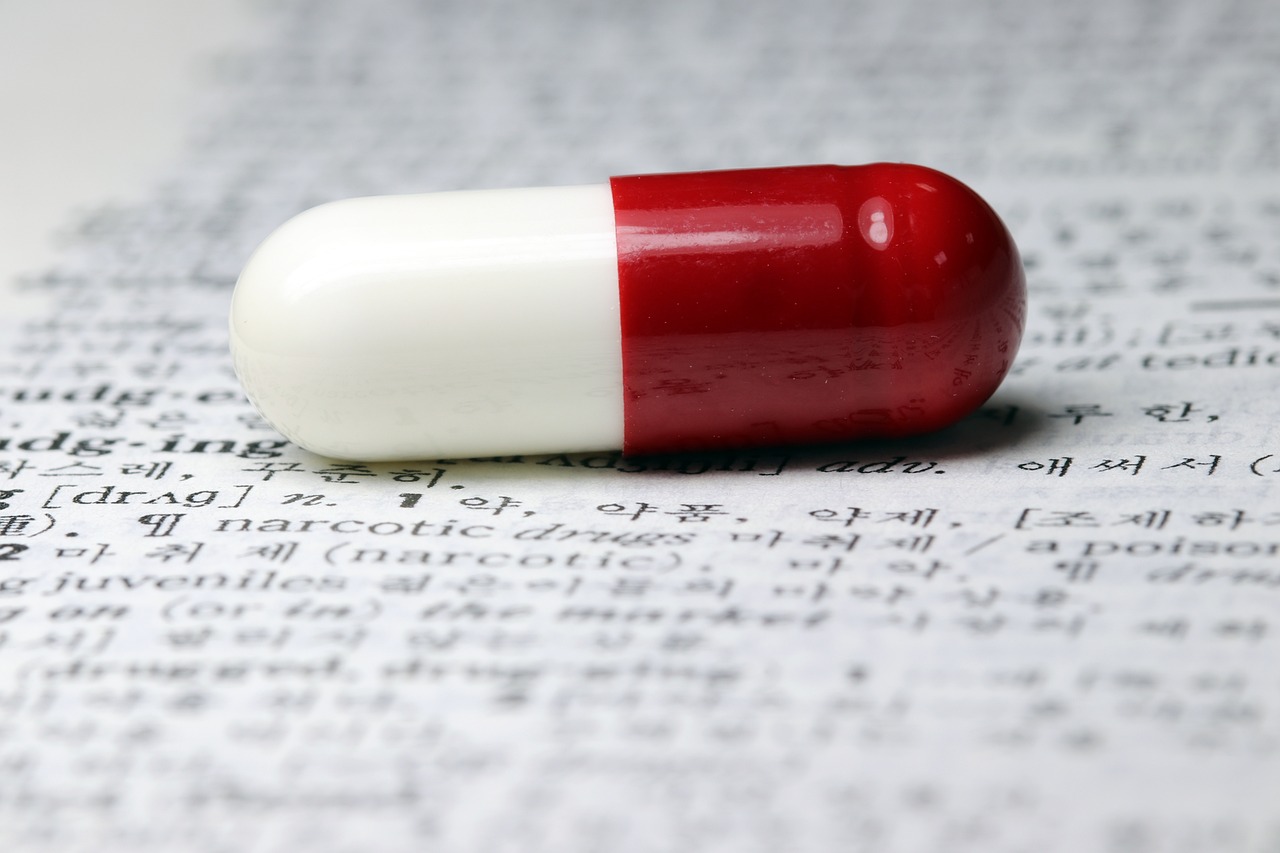Introduction
Have you ever picked up a prescription and wondered if it was made of gold? The rising cost of prescription drugs is a global issue that’s leaving patients frustrated and healthcare systems strained. But why are prices so high, and what can be done about it? Let’s dive in.
Why Are Prescription Drugs So Expensive?
- Research and Development (R&D) Costs:
- It takes an average of $2.6 billion to bring a new drug to market.
- Many drugs fail during testing, increasing overall costs.
- Patent Protections:
- Pharmaceutical companies hold patents for years, preventing generic competition.
- These monopolies allow companies to set high prices.
- Marketing and Advertising:
- In countries like the U.S., direct-to-consumer advertising drives up costs.
- Fun fact: Some pharma companies spend more on marketing than R&D!
- Middlemen and Markups:
- Pharmacy Benefit Managers (PBMs) negotiate drug prices but often pocket the savings, passing costs to consumers.
The Impact on Patients
- Financial Burden:
- Patients often skip doses or avoid filling prescriptions due to high costs.
- Health Risks:
- Skipping medication can lead to worsening conditions and higher long-term healthcare costs.
Case Study:
Meet Sarah, a diabetic patient whose insulin costs skyrocketed from $50 to $300 per month. She began rationing her doses, which led to a hospital visit costing thousands.
What Can Be Done?
- Encourage Generic Drug Use:
- Generics are significantly cheaper and just as effective as branded drugs.
- Governments can incentivize generic production and reduce patent durations.
- Increase Transparency:
- Require pharmaceutical companies to disclose R&D and marketing costs.
- Shine a light on PBM practices to reduce hidden markups.
- Implement Price Controls:
- Countries like Canada and Germany cap drug prices, making them more affordable.
- Promote Bulk Purchasing:
- Programs like Medicaid negotiate lower prices by buying in bulk.
- Why pay retail when you can buy wholesale?
Innovative Solutions on the Horizon
- Biosimilars:
- These are generic versions of biologic drugs, offering a cheaper alternative.
- Digital Health Tools:
- Apps and platforms help patients compare drug prices and find discounts.
- Advocacy:
- Patient groups are lobbying for reforms to reduce drug costs.
Conclusion
The rising cost of prescription drugs isn’t just a healthcare issue—it’s a humanitarian crisis. By fostering competition, demanding transparency, and embracing innovation, we can ensure that life-saving medications remain accessible to all. After all, no one should have to choose between their health and their wallet.




Leave a Reply